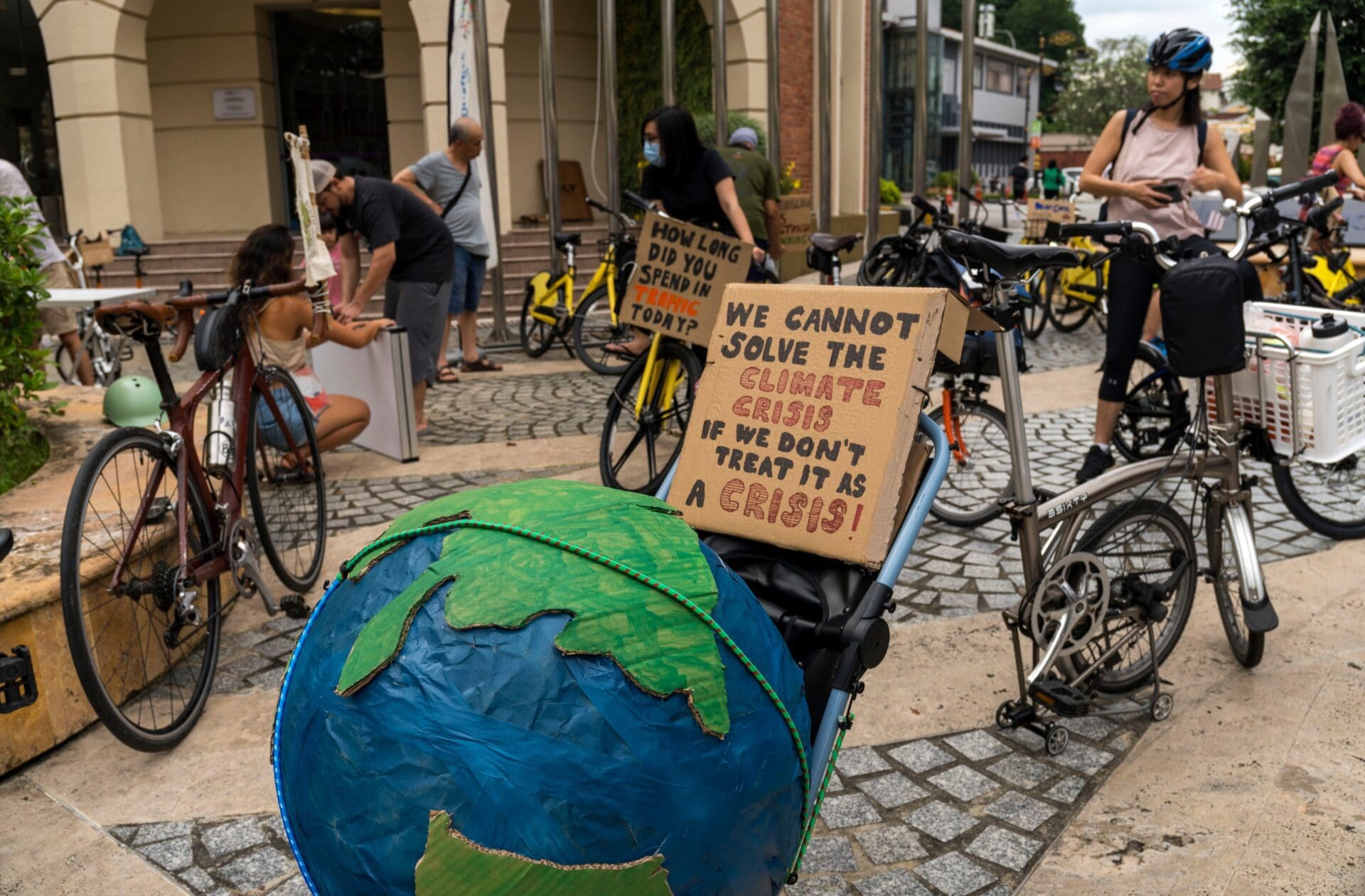Climate campaigners believe that something is afoot around the emissions reduction number the EU presented at the COP27 climate summit.
According to the EU, it is one of the few signatories to the Paris Agreement that has outperformed its Nationally Determined Contributions (NDC) targets, that is the commitments made under the 2015 agreement. The bloc’s initial plan called for a 55 per cent reduction in greenhouse gas emissions by the end of the decade; however, three new rule modifications increase that to 57 per cent. ‘The EU is prepared to amend our NDC to reflect this greater ambition,’ the EU commissioner in charge of the bloc’s Green Deal initiative, Frans Timmermans, stated in Sharm El-Sheikh on Tuesday. ‘So do not let anyone convince you, here or elsewhere, that the EU is reversing,’ he declared.
But environmental NGOs are far more pessimistic. They claim that despite changes made to the bloc’s mammoth Fit for 55 project, the amount of CO2 emissions EU countries actually emit will not change. The most significant adjustment is the contribution of negative emissions made under the updated Land Use, Land Use Change, and Forestry Regulation (LULUCF), which calculates how much carbon dioxide is absorbed by land and forests.
According to Mark Preston Aragonès, policy adviser for Bellona, an industrial decarbonization NGO, ‘before the Climate Law, EU reduction targets were “gross,” meaning they did not include removals from the land sink. But now that there is a net objective, they are free to pretend they are taking further steps to reduce emissions.’ The adviser highlighted that storing CO2 in natural carbon sinks is a less permanent form of climate action than completely reducing greenhouse gas emissions, which is a critical weakness in how the EU assesses its headline climate target of a 57 per cent decrease. This is due to the fact that these ecosystems are susceptible to natural disturbances like fires, pests, and drought, which lowers their capacity for absorption.
The amended LULUCF Regulation, according to Ulriikka Aarnio, senior climate and land use policy coordinator at the NGO Climate Action Network-Europe, implies that ‘the sink is now bigger than it was foreseen in the EU Climate Law, but it’s on paper.’ The amended 57 per cent reduction objective is just an accounting ploy, according to the NGOs. The European Commission has refused to respond to the claim.
The bloc’s target for CO2 reductions was raised last week from the previous target of 265 million tons to 310 million tons by 2030. The LULUCF Regulation permits EU countries to exclude counting some CO2 emissions from the land use and forestry sectors in specific cases, such as forest fires, so even if EU countries meet their national targets, the ‘atmospheric impact’ of the reductions ‘won’t truly be minus 310 million tons in 2030,’ Aarnio added. ‘Although you can minimize emissions like those caused by natural disasters that are not recorded in your accounting book, they nonetheless enter the atmosphere.’
A revision to the so-called Effort Sharing Regulation, which establishes national targets for emissions not covered by the EU’s Emissions Trading System, and a proposal to phase out CO2-emitting combustion engines by 2035 are two other legislative changes that have contributed to the EU’s updated climate targets.
According to Timmermans, ‘through the agreement of the legislations…on emission-free cars by 2035, on the effort-sharing between member states on the reduction of emissions, and on empowering the natural environment to be better carbon sinks…these three measures combined result in a reduction of 57 per cent…So, it is not setting a new goal or aim; it is just converting what we have chosen into concrete reduction statistics.’
Chiara Martinelli, director of CAN Europe, expressed concern that even if the 57 per cent reduction is accurate, it will still fall short of the Paris Agreement’s target of limiting global warming to 1.5 degrees. She suggested that the region should reduce its emissions by 65 per cent by the end of the decade. She said, ‘This small increase announced today at COP27 doesn’t do justice to the calls from the most vulnerable countries at the frontlines.’
Related Articles:








